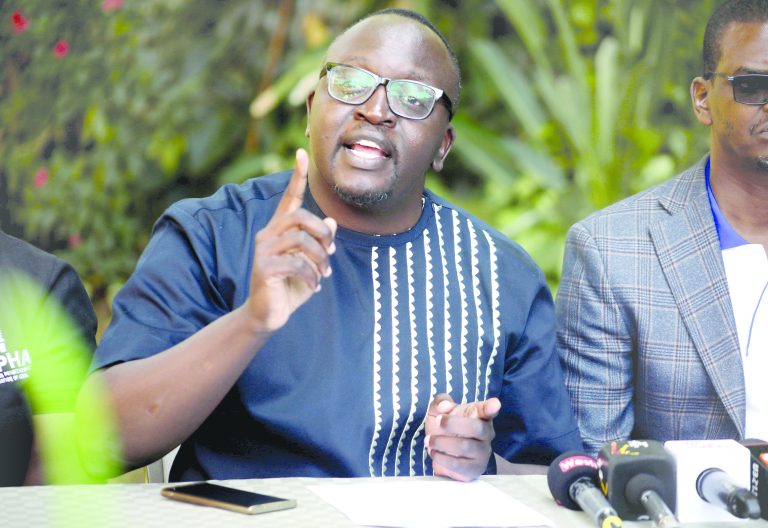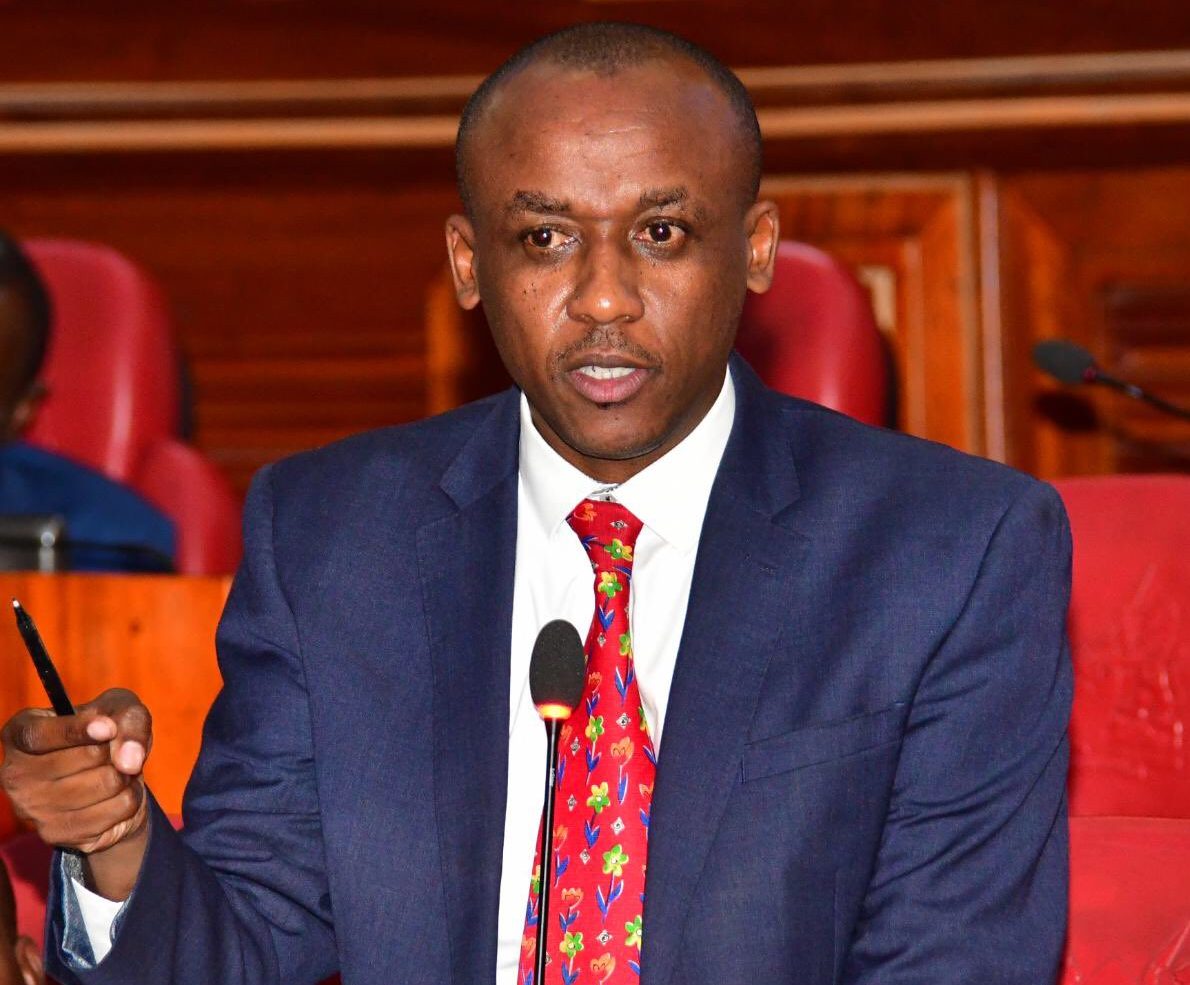Hospitals face collapse as NHIF debt remains unpaid

Private hospitals are questioning why only 20 per cent of the accredited Primary Health Care (PHC) facilities are receiving full quarterly reimbursements, while a majority are still struggling with the heavy financial burden.
The hospitals also want to know why the government does not have budgetary provisions to sort billions of shillings in legacy debts left by the defunct National Health Insurance Fund (NHIF), three months after President William Ruto acknowledged and pronounced himself on the issue.
Commenting on the latest survey by the Rural Urban Hospitals Association (RUPHA), its chairman, Brian Lishenga, on June 4, 2025, noted that there’s an existing status quo on the numerous irregularities facing PHC payments.
“For instance, if you look at Level four and five facilities, two issues there that are baffling; the surgical claims which have not been moving, and yes, the legacy debts courtesy of the defunct NHIF,” Dr Lishenga told People Daily after Rupha released results of a two-week survey covering April 23 to May 6, 2025.
The survey is part of a continuous monitoring initiative launched at the start of Kenya’s transition from NHIF to the Social Health Authority (SHA), aiming at providing timely, evidence-based feedback from healthcare providers to inform national policy, programmatic adjustments, and financing reforms.
And the main issues at the level two and three health facilities, according to Lishenga, cover irregularities in PHC hospitals.
“Only 20 per cent of them have received a payment every month, while the majority are extremely financially stressed, and the report shows why they are stressed,” he said.
And with only 20 per cent receiving payment, it leaves the situation unpredictable, with the other healthcare providers not knowing when they will be paid.
“There’s a lot of unpredictability around PHC, and it is affecting especially the level twos, level threes, and now, for the few level fours which are offering primary health care,” he said.
About 63 per cent of the providers say that when they are paid, they don’t even know whether they have been paid for PHC or for maternity.
“So it’s not possible for them to know that this money they have received is for primary health care because the payment, when it comes to their accounts, it is not clear whether it is from PHC, from maternity, or from surgeries; simply they are not able to tell,” Lishenga said.
This, he noted, affects how they are providing services for primary health.
Lishenga warned that without immediate intervention, “Kenya’s health system risks systematic disinvestment from critical service areas, especially surgery, primary healthcare and inpatient care.”
However, a crisis among faith-based organisations, where 100 per cent of facilities reported financial difficulties, followed by 95 per cent of private hospitals and 84 per cent of public facilities, the survey found.
The findings paint a dire picture of Kenya’s healthcare transition, with hospitals across the country unable to pay suppliers, cover operating costs or manage cash flow as the new SHA system struggles with delayed payment and claim processing backlogs.
The survey captured responses from 477 facilities across all levels of care, providing the most comprehensive snapshot to date of the healthcare sector’s financial health during the transition period.
The most alarming findings centre on primary healthcare payments, the foundation of Kenya’s health system pyramid.
Of the 86 per cent of surveyed facilities accredited for Primary Health Care services under SHA, only one in five received consistent monthly payments during the first quarter of 2025.
Nearly half of these facilities, 45 per cent, received no primary healthcare payments whatsoever during this critical three-month period.
Despite representing only one-third of total insurance claims submitted to SHA, surgical procedures have emerged as the most problematic category for healthcare providers, with 39 per cent of surveyed facilities identifying surgical claims as their primary reimbursement challenge.














